I had a lot of expectations heading to Ireland of cozy pubs, kelly green landscapes, and chatty characters in every corner. And sure, I got all that. But what I didn’t see coming was how deeply I’d fall for Wild Nephin National Park.
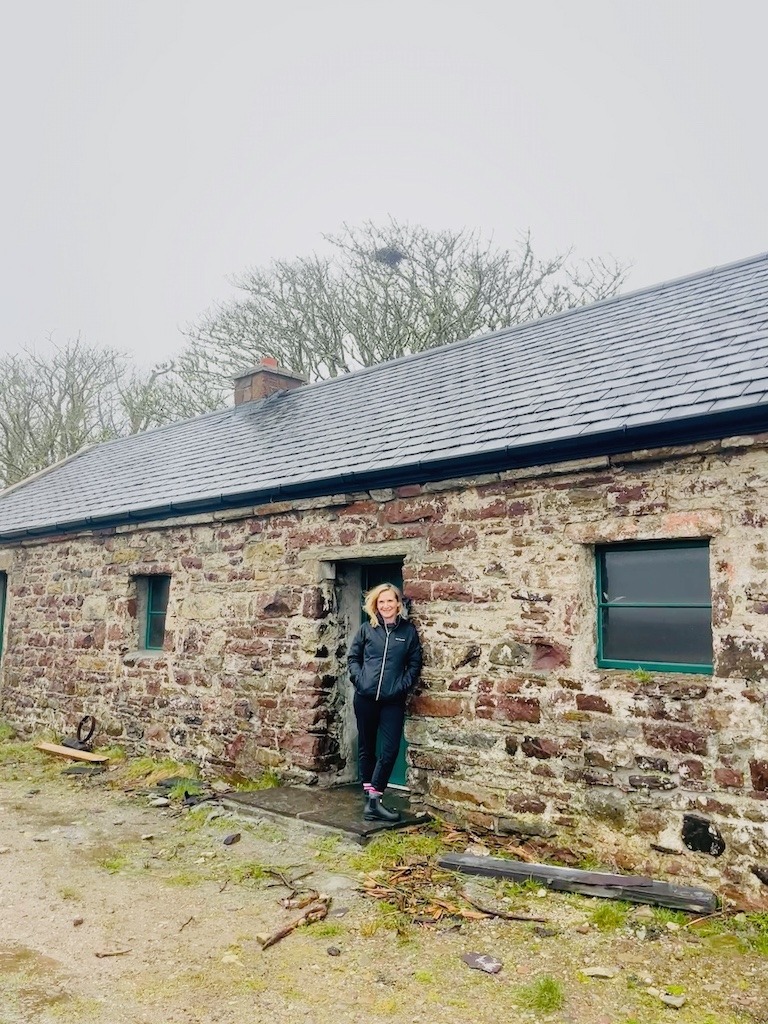
I’ve explored a lot of the outdoors—across Canada and beyond—and I’m the kind of person who lights up at the words national park. So yes, I expected to appreciate it. But Wild Nephin wasn’t just beautiful. It was haunting, powerful, and unexpectedly emotional. It didn’t feel like a tourist stop but more like a whispered conversation with the past.
Tucked away in County Mayo on Ireland’s west coast, this rugged, remote park is part sanctuary, part climate warrior, and entirely unforgettable. I went expecting to learn more about the hiking trails and for the promise of a good view. What I didn’t expect was to find myself in a stone bothy, completely undone by a story that hit harder than I could have imagined. The tears caught me off guard, but they’re part of what makes this place unforgettable.
The Bog That Could Save the World
Let’s start with the science. Wild Nephin is home to one of the largest intact blanket bogs in Western Europe. And if you’re picturing something muddy and dull, think again. Bogs are environmental superheroes. These spongy landscapes act like giant carbon sinks, locking away more carbon per square metre than even rainforests. That’s why Ireland is working hard to restore them after centuries of peat cutting.
Beyond storing carbon, bogs also preserve history. From bog butter (yes, real ancient butter pulled from the peat) to bog bodies that are eerily well-preserved after thousands of years, these wetlands hold secrets in their spongy layers. They’re Ireland’s natural time capsules.
Bothies, Stars, and Ancestral Whispers
It’s not just what’s under your feet that matters here; it’s what’s over your head. Wild Nephin is one of Ireland’s designated Dark Sky Parks, which means on a clear night, the sky erupts with stars, untouched by light pollution.
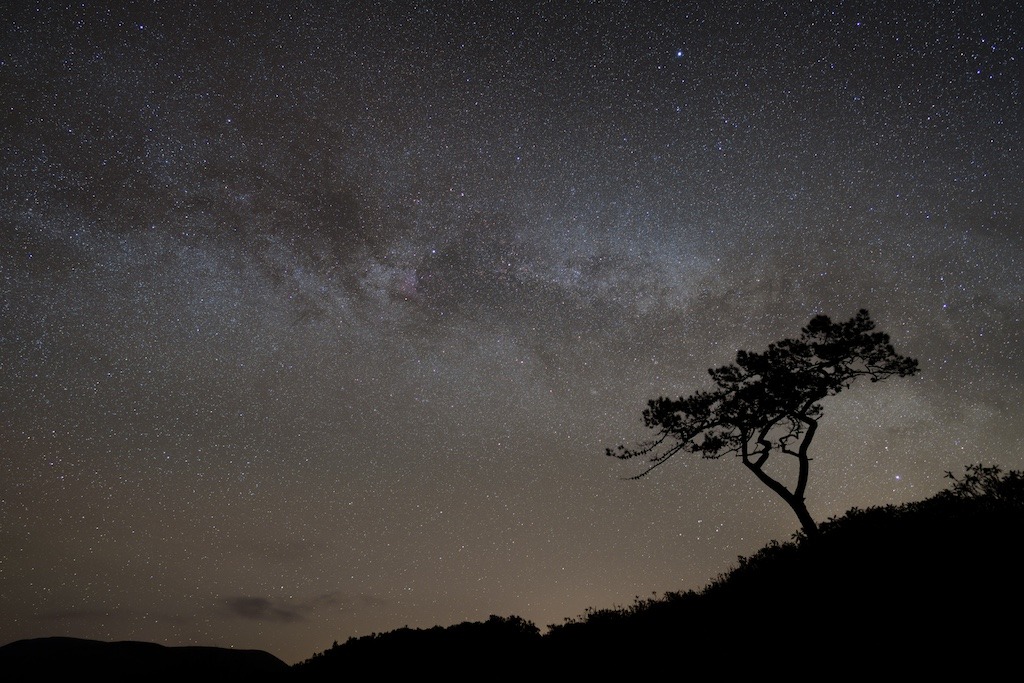
Some of the old cottages, called bothies, have been lovingly restored so hikers can camp in them overnight. I didn’t stay in one myself, but standing inside, it was impossible not to imagine what it would feel like to lie there, fire crackling, stars overhead, surrounded by silence. These shelters once offered protection from brutal weather for people living off the land, but they now offer something more reflective: a quiet place to consider the long line of footsteps that came before you.
With tens of millions of people worldwide claiming Irish ancestry, particularly in countries like Canada, Australia, and the UK, there’s a good chance that somewhere, somehow, one of those stories might be part of your family history too.
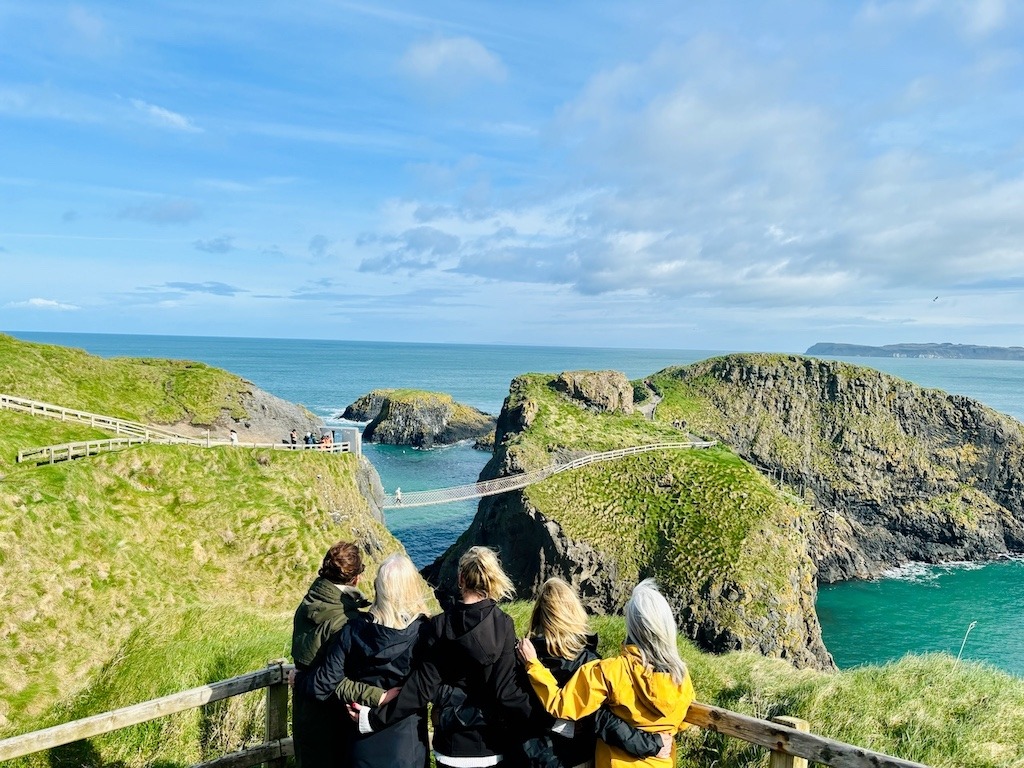
Mary Chambers: The Hero You Didn’t Learn About in School
My time in Wild Nephin was part of a press tour, too brief for my liking, but packed with insight. One moment in particular has stayed with me.
Inside one of the restored bothies, I listened as Michael Chambers, a guide at the park, shared the story of his great-great-grandmother, Mary Chambers.
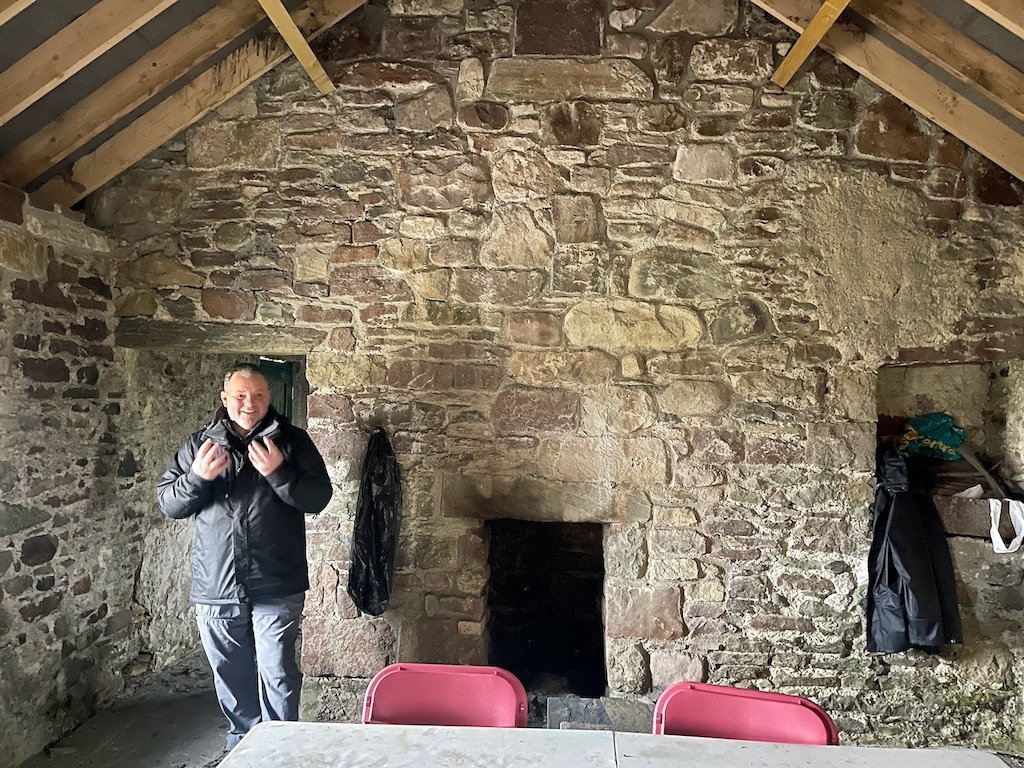
You won’t find Mary’s story in textbooks, but it should be. In the 1800s, during the Great Hunger, Mary was widowed, pregnant, and raising four children. When she faced eviction, her neighbours did something extraordinary; they moved the roof of her cottage to an abandoned structure in Shramore in one day. Under Irish law at the time, if a house had a roof and smoke rising from its chimney by sundown, it could be claimed as a home. So they lit the fire. And she stayed.
Michael put it best:
“If it wasn’t for women like Mary… the ones who raised the families, kept the culture alive, and made sure their children had a chance—then many of us wouldn’t be here. It’s not always the gunmen who are the heroes of Ireland. Sometimes it’s the women who quietly kept the next generation alive.”
And there they were, the damn tears. I was crying in a stone cottage in the middle of nowhere over a woman long since departed from this earth but kept alive through the stories passed down by her family, and now, shared with strangers like me. And it was not because the story was sad necessarily, but because it was so full of courage, resilience, and community, a poignant reminder that we’re always at our best when we show up for one another, especially in the hardest of times.
Stories like Mary’s aren’t rare in Ireland, they’re everywhere. It’s a legacy shaped by years, decades, and centuries of hardship and hurdle. But what rises out of that isn’t bitterness, it’s strength, connection, and a cultural memory that refuses to be forgotten. You don’t walk alone through Wild Nephin, you walk with the people who came before you.
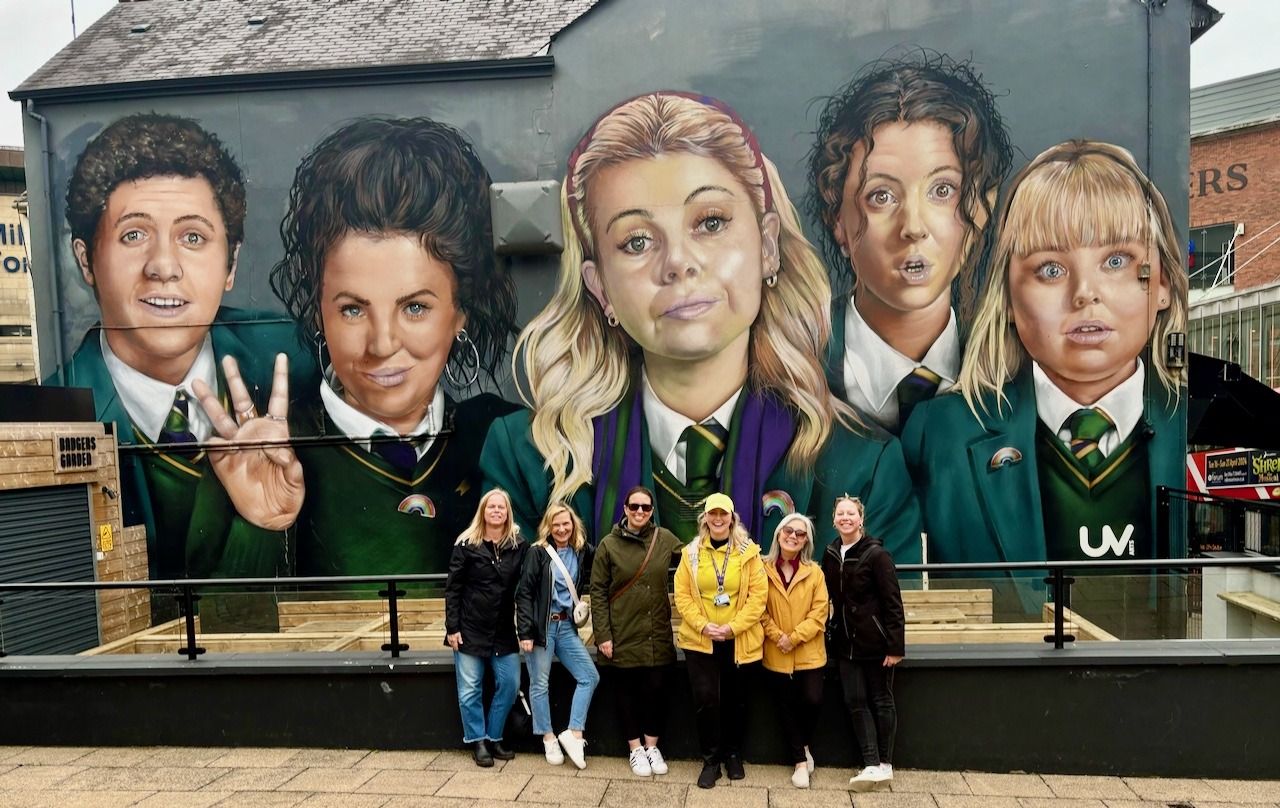
How to Plan Your Visit to Wild Nephin
Whether you’ve got a few hours or a few days, Wild Nephin is the kind of place that meets you where you’re at; quietly, meaningfully, and without the crowds.
A day trip is perfect if you’re staying nearby in Westport or Castlebar. Start at the Ballycroy Visitor Centre, where you can pick up maps and learn more about the bog restoration efforts. Then head out for a loop on one of the shorter walking trails like Claggan Mountain Coastal Trail, an easy 2km boardwalk with sweeping sea views, or the Letterkeen Loop, which offers a little more of a challenge without requiring overnight gear.
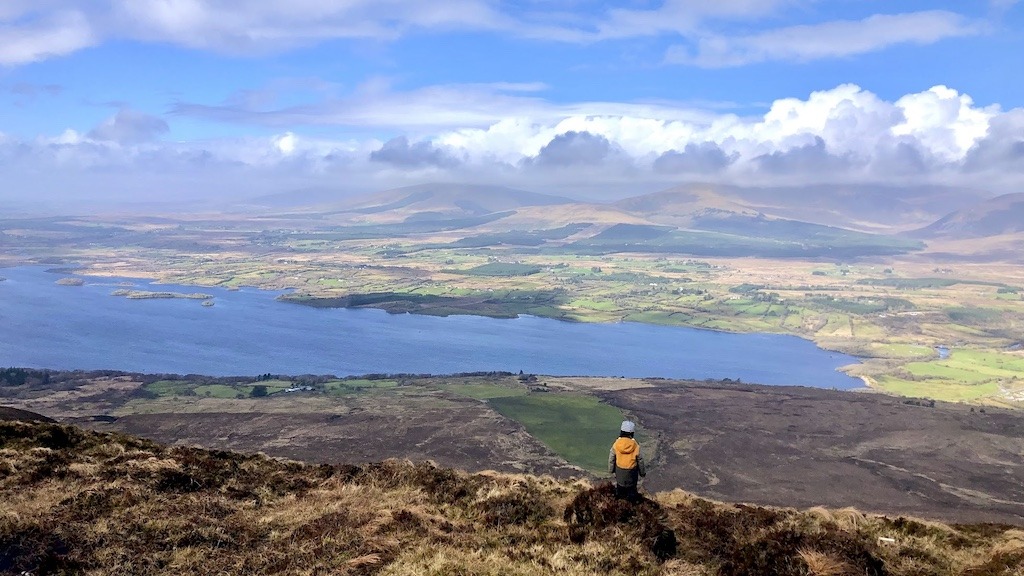
Spending the night? Consider applying for one of the wilderness bothies, restored stone cottages available for backcountry camping. You’ll need to book in advance and hike in, but the experience—stars above, stillness all around—is unforgettable. Wild camping is also permitted in designated zones if you come prepared and follow Leave No Trace guidelines.
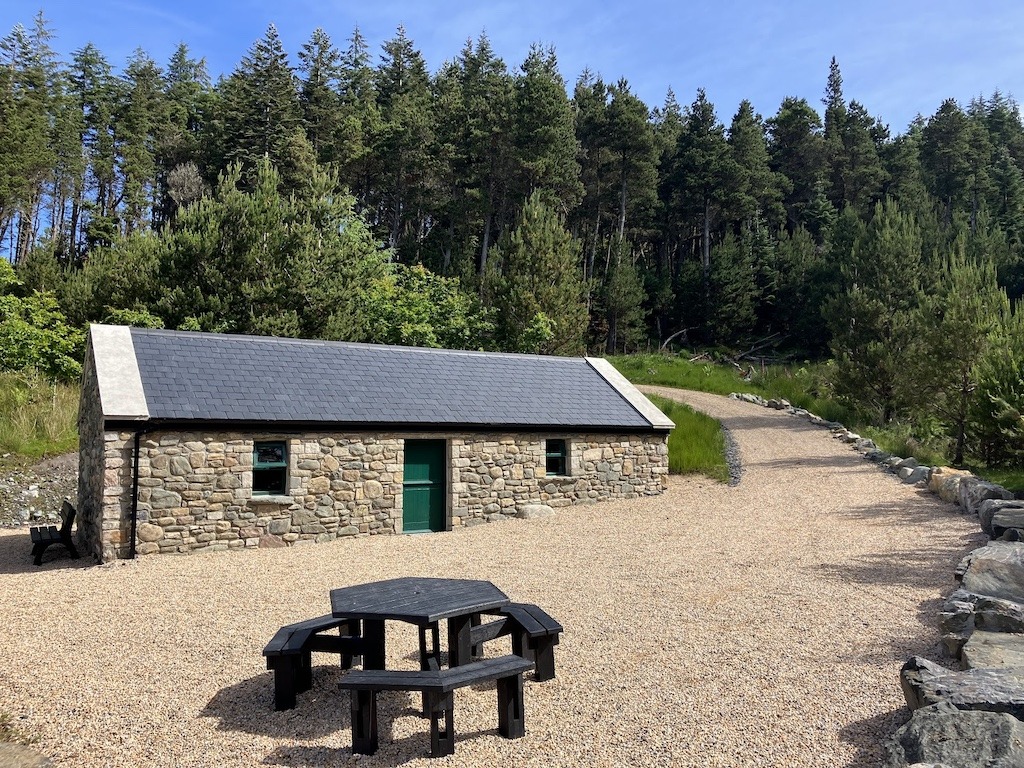
Staying longer? The park has over 150 kilometres of trails, including the Western Way long-distance route. It’s a hiker’s dream if you’re craving solitude, connection to nature, and plenty of time to just be. There’s no cell service deep in the Nephin wilderness, which makes it a perfect digital detox, whether solo or with a like-minded friend or two.

If you’re the type who likes your travel with a side of stillness and significance, Wild Nephin delivers. Just don’t rush it. The land has waited thousands of years—you can afford to give it more than an afternoon.
Quick FAQ: Visiting Wild Nephin National Park
Where is Wild Nephin National Park?
Located in County Mayo, in the northwest of Ireland, Wild Nephin is part of the larger Nephin Beg Mountain range.
How do I get there?
It’s about a 90-minute drive from Westport or Castlebar. You’ll need a car to reach most trailheads and bothies.
When is the best time to go?
Late spring to early autumn (May–September) offers the best weather and clearer skies for stargazing. Be prepared for rain—this is Ireland, after all.
Is there an entry fee?
Nope. Like most of Ireland’s national parks, entry is free.
Can I camp there?
Yes, in designated wilderness zones or restored bothies. Wild camping is allowed with respect for Leave No Trace principles.
What else is nearby?
- Ballycroy Visitor Centre – Great for interpretive exhibits and maps.
- Achill Island – Stunning coastal drives and beaches. You may have seen a famous movie filmed here, called The Banshees of Inisherin.
- Westport – A charming base town with great pubs and restaurants.
Why Wild Nephin National Park Deserves a Place on Your Itinerary
If you’re looking for a place to stretch your legs and your soul, Wild Nephin National Park delivers. It’s not flashy. It doesn’t have flashy billboards or slick gift shops. But it has bogs that breathe life into the planet, bothies that whisper ancestral stories, and women like Mary whose courage still echoes in the stones.
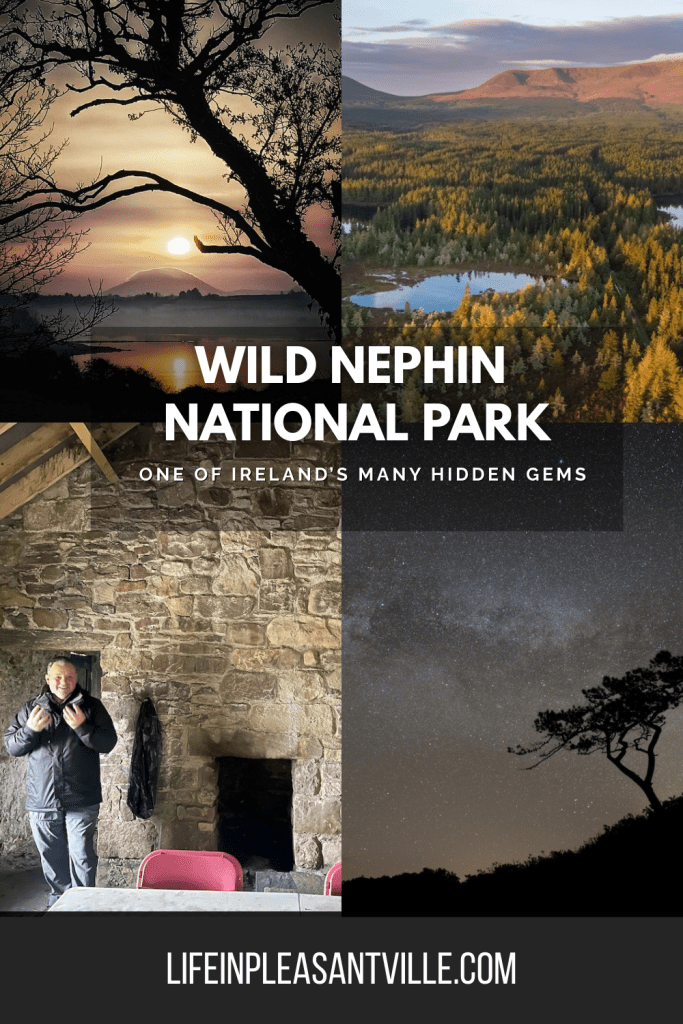

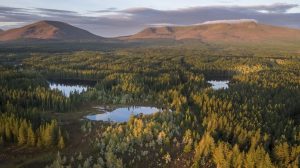
 You’ve Got Five Minutes to Get Out: Are You Ready?
You’ve Got Five Minutes to Get Out: Are You Ready?